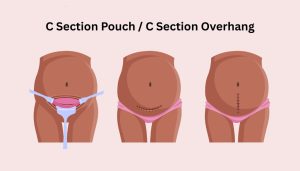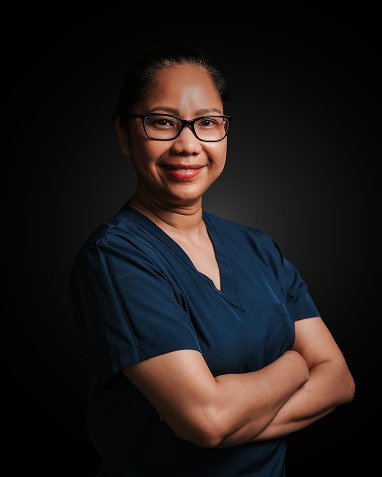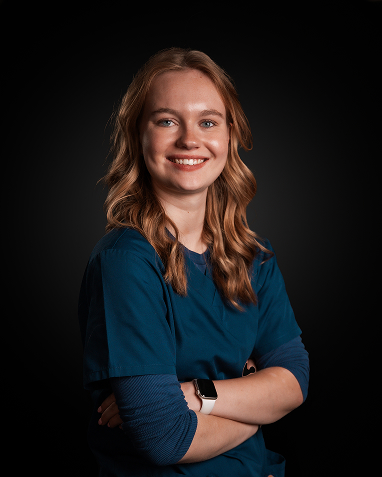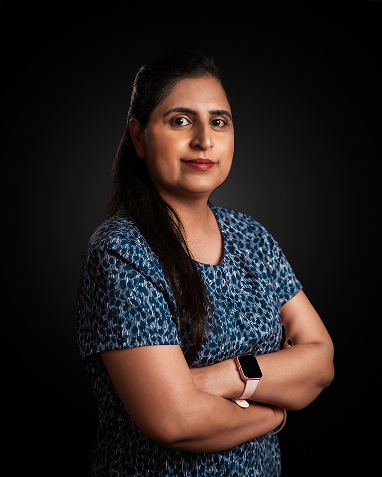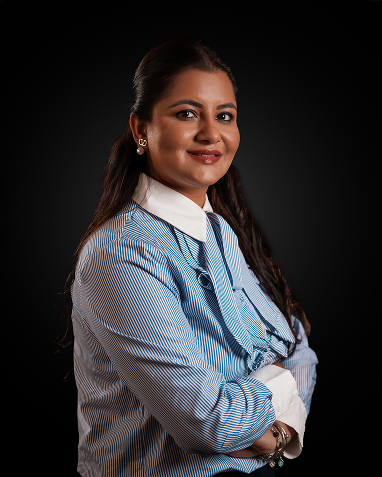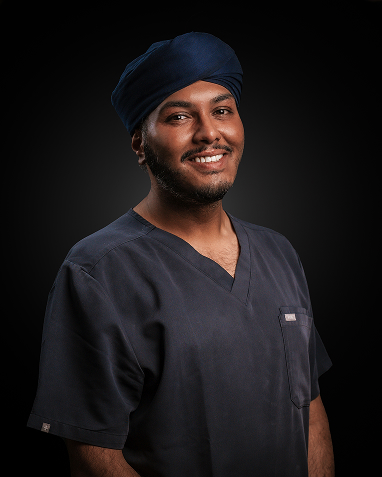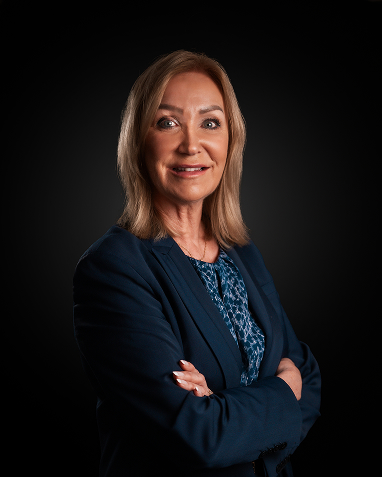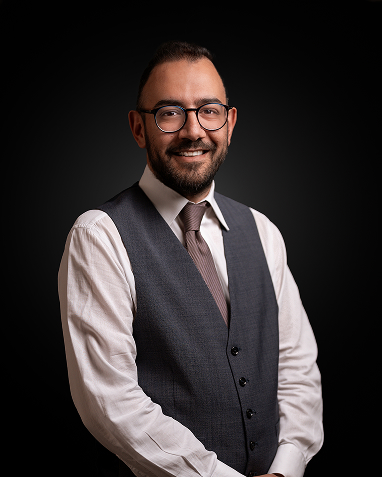Do you keep asking how to get rid of acne scars? The struggle is real and doesn’t end even when the breakout fades. Acne leaves marks behind—whether they are faint black spots or deeper indents, they usually interfere with your natural beauty.
The good news is that advanced treatments like chemical peels or lasers can actually remove acne scars and achieve a smoother tone and skin texture.
This blog explores the most effective and professional treatment to address acne scars so that you may regain your confidence.
How To Get Rid Of Acne Scars?Here are 7 Medical Treatments
1. Chemical Peel
2. Laser resurfacing
3. Microneedling
4. Dermal fillers
5. Excision
6. Steroid injections
7. Dermabrasion
How to get rid of acne scars on your face? Scars from acne might not vanish in one night, and generally, getting an effective cure for them is not that simple. Here, let’s see how to get rid of acne scars fast with these professional treatments.
1. Chemical Peel For Acne Scars—Benefits For You.
When it comes to how to get rid of acne scars, chemical peeling offers the following benefits:
- Smoother skin texture
- Improved appearance of scarred area
- Minimised pigmentation or discolouration
- Boosted collagen production to heal scars
- Radiant skin
The experience of acne scar removal with chemical peeling differs depending on the peel type. The chemical solution may sting or cause a slight burning sensation during the treatment. Redness, peeling, and sensitivity can be expected a few days after the treatment. You must follow aftercare instructions closely, usually avoiding sun exposure, moisturising, and using gentle skincare products to help the skin heal.

Ready to achieve your aesthetic goals?
- CQC-Registered Clinic with Nationally Recognised Leadership
- Over a Decade of Surgical & Aesthetic Expertise
- Personalised treatment plans tailored to your needs
2. Laser Resurfacing
How to get rid of acne scars on face? Consult your skin doctor for laser skin resurfacing sessions. Fractional lasers or CO₂ lasers are some of the examples.
As their name suggests, smaller skin areas are targeted and recover faster, while laser resurfacing with penetration and more aggressive scars do a better job. All the lasers are effective when used to treat boxcar and rolling scars and discolourations; however, they induce healing downtime and redness or swelling in the short term.
3. Microneedling
Microneedling, or collagen induction therapy, involves applying a device fitted with very fine needles to the skin, making minute wounds. This provokes your skin’s healing mechanism—-collagen and elastin production and eventually fills in the atrophic scars, the indented ones. It works best with superficial boxcars and rolling scars but sometimes requires more than one treatment session for an excellent result.
Acne often leaves pigmentation marks on the skin apart from scars. Explore a quick guide on how to get rid of pigmentation on face permanently.
4. Dermal Fillers

How to get rid of acne scars fast? Especially the indented scars? Dermal fillers may be suitable.
Hyaluronic acid and collagen are injected under indented scars, which can lift and smoothen the skin. The benefits last from a few months to one year; repeated treatments are essential to sustain them.
5. Excision
Punch excision is a surgical method when it comes to how to get rid of acne scars. Deep scars, such as ice-pick scars, are removed surgically by closing the skin with stitches. If the scars are deeper or wider, a skin patch may be taken from another site, for example, behind the ear, to fill in the defect. Punch excision is most appropriate for narrow, deep scars that will not respond to surface peels, such as a chemical peel.
6. Steroid Injections
Steroid injections are effective for raised acne scars. They can flatten, soften, or make raised, thick, or hypertrophic scars less noticeable. Sometimes, these develop after inflammatory acne. A corticosteroid is injected directly into the scar tissue. Over time, swelling decreases, and the raised tissue softens and flattens. Often, several injections are necessary for the best results with hypertrophic or keloid scars.

Ready to achieve your aesthetic goals?
- CQC-Registered Clinic with Nationally Recognised Leadership
- Over a Decade of Surgical & Aesthetic Expertise
- Personalised treatment plans tailored to your needs
7. Dermabrasion
It’s the exfoliation of skin surfaces on a physical scale, accomplished by a rotation-based apparatus-suitable only for a superficial scar of superficialness and surface undulation-and more invasive than its competitor in microdermabrasion, which actually entails a certain amount of lost downtime, but greatly diminishes the texture of the skin so often associated with boxcars and the rolling scarring of old acne.
Choose Your Suitable Option On How To Get Rid Of Acne Scars
If you wonder how to get rid of acne scars, especially with any of the above-mentioned options, remember that each has its own set of pros and cons and individual recovery times. Therefore, it is crucial to first consult an expert aesthetic doctor regarding the right combination of your skin type and scar type because some treatments may prove more suitable for specific types of skin or depths of scars.
You may consult for chemical peels in Leeds. They offer the most effective and noninvasive solution to achieving scar-free and smoother skin after an acne breakout.
FAQs on How To Get Rid Of Acne Scars
1. How do you get rid of acne scars fast?
To get rid of acne scars fast, explore professional treatments like chemical peels or laser resurfacing.
2. Can I remove acne scars naturally?
Naturally, scars may fade a little over time but rarely disappear without treatment. Natural remedies might help small scars, but deep scars could do more harm than good.
3. Do acne scars go away?
Discoloration often fades over time, but the scar stays. A flat, coloured spot after acne clears is usually not a scar—it’s likely hyperpigmentation.
4. Can you 100% remove acne scars?
To remove acne scars 100%, you may need professional treatments like chemical peel in Leeds.


